Daesungjip (대성집)
3.0Km 2021-03-27
5, Sajik-ro, Jongno-gu, Seoul
+82-2-735-4259
Daejungjip has specialized in Dogani tang (ox knee joint soup) for 60 years. Customers can feel a simple and familiar ambience at the restaurant.
Kervan Restaurant (케르반 레스토랑)
3.0Km 2019-09-27
190, Itaewon-ro, Yongsan-gu, Seoul
Kervan is a restaurant specializing in Turkish cuisine, which is widely enjoyed around the world. The kitchen is run by a skilled native chef, and has ovens manufactured with Turkish technology. The interior of the restaurant is decorated with traditional Turkish tiles, giving restaurant patrons the opportunity to sample authentic cuisine and decorative elements of Turkish culture together. The restaurant has also obtained the official Halal Certificate recognition.
Zona Turística Especial de Itaewon (이태원 관광특구)
3.1Km 2025-06-20
Itaewon-dong, Yongsan-gu, Seúl
Itaewon es un destino turístico y de compras popular entre los extranjeros que visitan Corea. En esta zona, más de 2.000 tiendas se hallan una al lado de otra, formando un gran complejo comercial. Se puede encontrar de todo en estos locales: ropa, calzado, bolsos, etc. Además, la zona dispone de numerosos restaurantes, instalaciones recreativas, empresas de comercio internacional, agencias de viaje y hoteles de turismo. La gran cantidad de letreros en inglés y otros idiomas extranjeros en sus calles hacen sentir que no se está en Corea sino en un espacio internacional.
Las pequeñas tiendas de recuerdos se abrieron para atender a los soldados americanos después de la liberación de Corea. Desde entonces, siguieron erigiéndose centros comerciales para atender a las necesidades de los extranjeros residentes y turistas, y al ser anfitriones de los Juegos Olímpicos de 1988 en Seúl, Itaewon creció rápidamente como un barrio de compras. Desde mediados de los años 90, sus calles, que eran las vías del ejército estadounidense, pasaron a ser los bulevares de los ciudadanos de todo el mundo, especialmente con la llegada de turistas de Japón, Hong Kong, China, el Sudeste Asiático, África y Medio Oriente. En 1997, el área fue designada como Zona Turística Especial.
Los servicios de atención en chino y japonés, así como en inglés, están disponibles en la mayoría de las tiendas debido al hecho de que la mayoría de los clientes son extranjeros. Además, en la zona hay restaurantes especializados donde se pueden probar los sabores únicos de los platos del mundo entero. Hay comida turca, india, paquistaní, suiza, tailandesa, y, por supuesto, la auténtica comida estadounidense. El barrio de Itaewon, tras su renacimiento como uno de los mejores destinos turísticos del mundo, provee no solo oportunidades para las compras sino que también ofrece la oportunidad de ver y conocer la exótica y tradicional moda y cultura coreana. Aquí se realizan numerosos festivales tales como el Festival Global de Itaewon, en el que se muestran tanto la cultura coreana como las culturas tradicionales de todo el planeta.
Dubai Restaurant (두바이레스토랑)
3.1Km 2025-05-19
192, Itaewon-ro, Yongsan-gu, Seoul
Dubai Restaurant in Itaewon offers authentic Arabian cuisine as well as shisha (water pipe smoking). Located in the middle of Itaewon, it’s popular among both Koreans and foreigners.
Camisas Hamilton (Sucursal de Itaewon) (해밀톤셔츠(이태원점))
3.1Km 2024-01-30
Itaewon-ro 160, Yongsan-gu, Seúl.
Buddha's Belly - Itaewon Branch (부다스벨리 이태원)
3.1Km 2025-05-14
48, Noksapyeong-daero 40-gil, Yongsan-gu, Seoul
+82-2-796-9330
It is a Thai food specialty store located in Itaewon. This restaurant's signature menu is som tam. This Western dishes restaurant is located in Yongsan-gu, Seoul.
The Hyoosik Nouvelle Seoul Itaewon (더휴식 누베르 서울 이태원점)
3.1Km 2025-04-11
11, Usadan-ro 14-gil, Yongsan-gu, Seoul
Jonny Dumpling (쟈니덤플링)
3.1Km 2021-03-29
5, Bogwang-ro 59-gil, Yongsan-gu, Seoul
+82-2-790-8830
It is a restaurant famous for its half-moon-shaped grilled dumplings. The best menu at this restaurant is pan-fried dumpling. This Korean dishes restaurant is located in Yongsan-gu, Seoul.
BUA (부아)
3.1Km 2021-03-19
9, Bogwang-ro 59-gil, Yongsan-gu, Seoul
+82-2-792-3340
A restaurant frequently featured in programs on Korean delicious dishes. Bua, meaning a lotus in Thai, features authentic Thai cuisine. The best menu at this restaurant is som tam. This is a Asian restaurant located in Itaewon, Seoul.
Taj Palace (타지펠리스)
3.1Km 2025-05-19
39, Usadan-ro, Yongsan-gu, Seoul
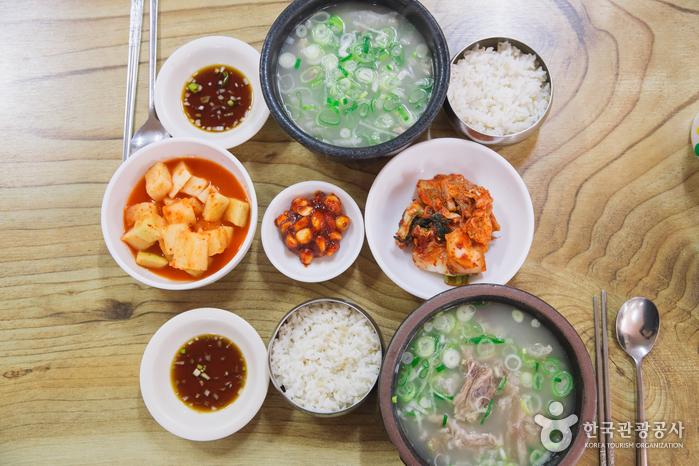

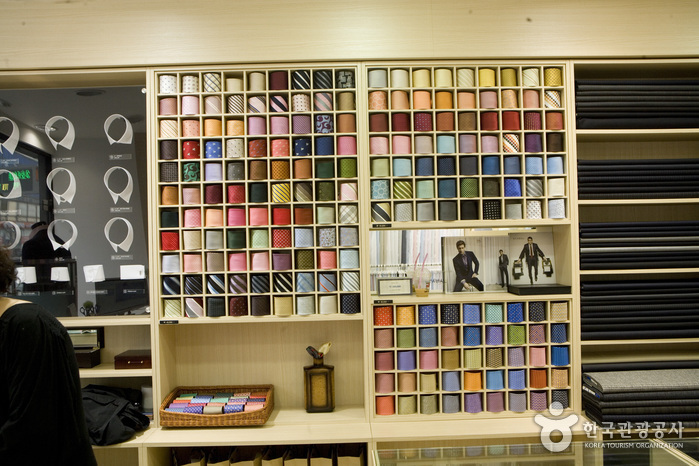
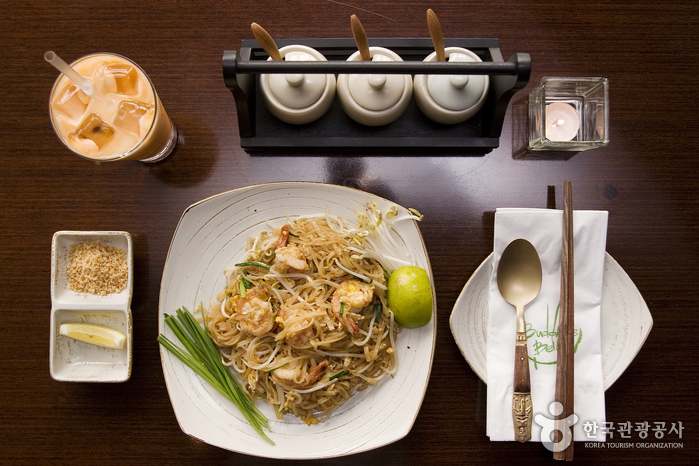
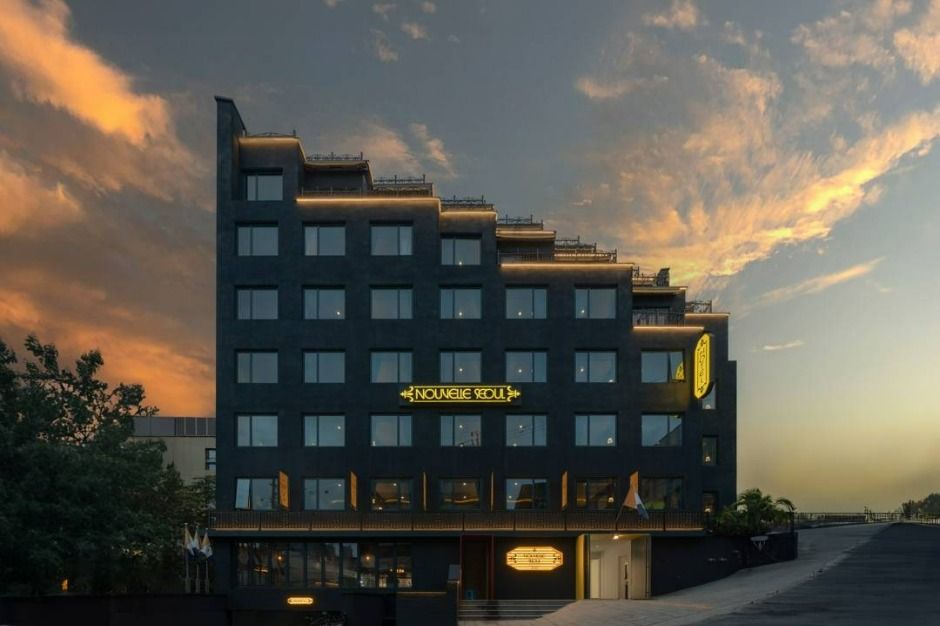
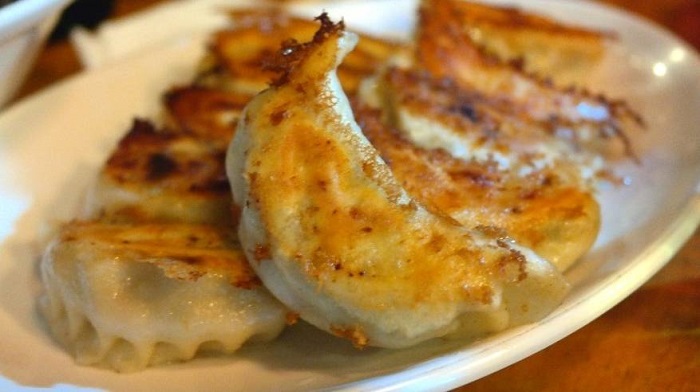
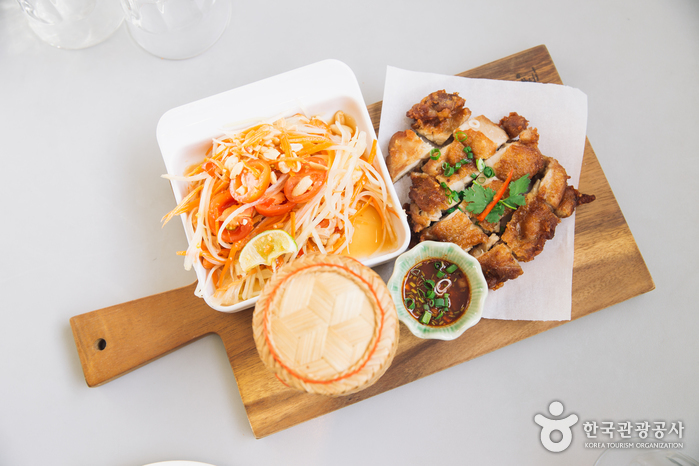
 Español
Español
 한국어
한국어 English
English 日本語
日本語 中文(简体)
中文(简体) Deutsch
Deutsch Français
Français Русский
Русский